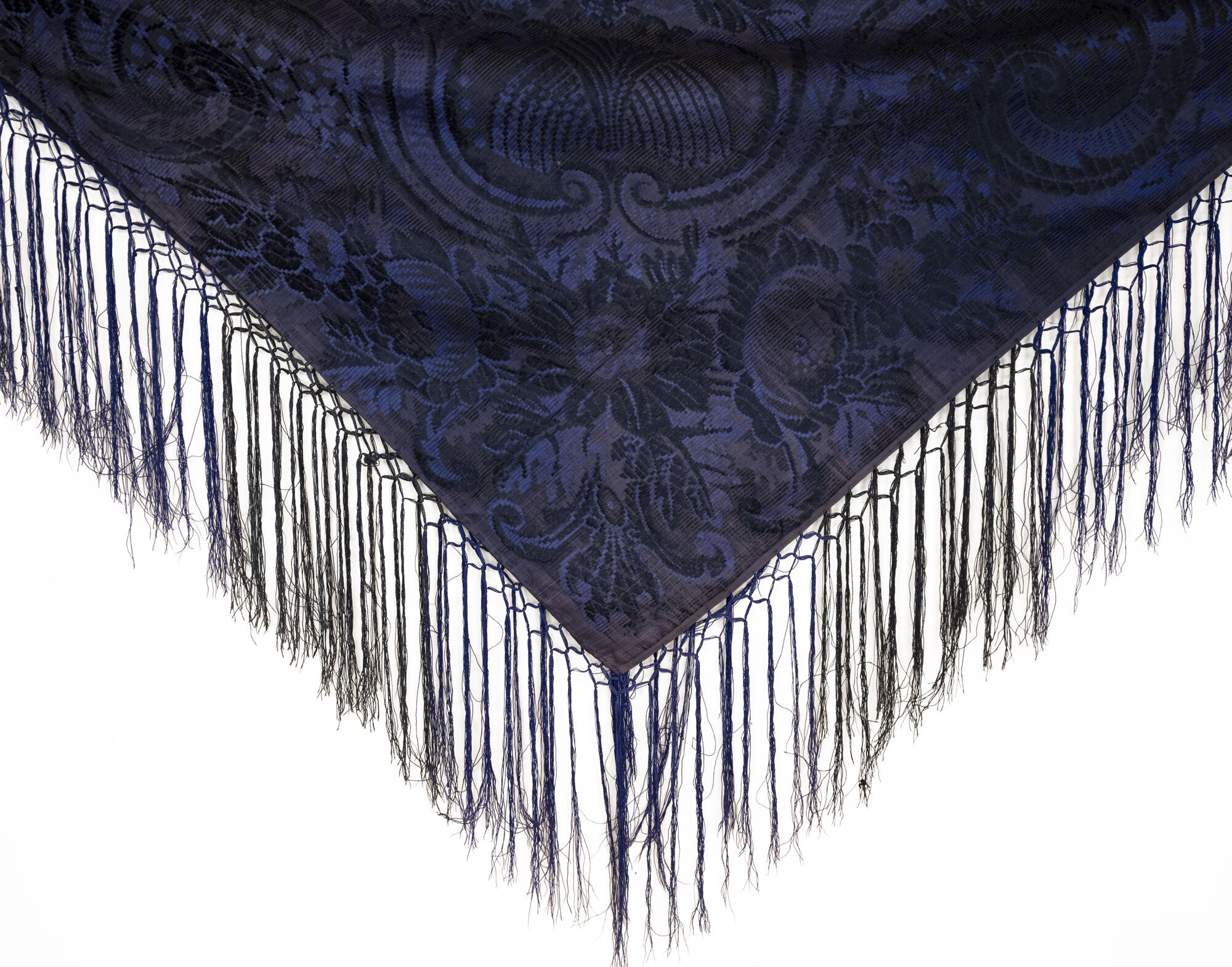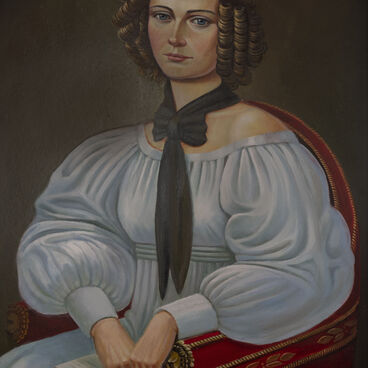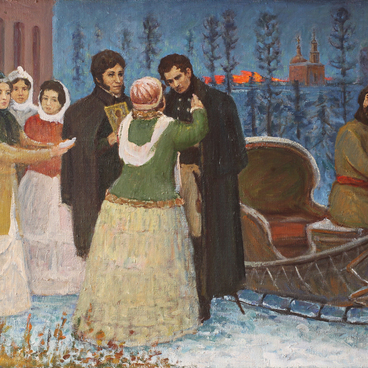The word “shawl” originating from the Persian language sounds similar across many cultures.
Shawls became of great interest to Europeans after the campaign of Napoleon Bonaparte in Egypt. Napoleon brought Joséphine de Beauharnais a lot of Eastern treasures, including cashmere shawls. The emperor’s wife saw to it that they became an integral part of French aristocrats’ attire. Following that, shawls quickly spread throughout Europe, as well as Russia.
It was Joséphine who patronized the talented fashion merchant Louis Leroy, known for dressing the entire imperial court and introducing a new Empire style into fashion. Although garments in the Empire style were surely beautiful and delicate, they were also too light to provide warmth. Women did not want to part with their outfits for that reason, so they began to wear warm shawls over them. Both Empire-style dresses and bright shawls were reminiscent of ancient times, thereby they matched each other perfectly.
Shawls came in various shapes and sizes — long, square, and even octagonal. The art of shawl drapery was highly valued by women of that time who would rather notice “well-draped” people than those simply “well-dressed”. One of the then-popular women’s magazines stated,
Shawls became of great interest to Europeans after the campaign of Napoleon Bonaparte in Egypt. Napoleon brought Joséphine de Beauharnais a lot of Eastern treasures, including cashmere shawls. The emperor’s wife saw to it that they became an integral part of French aristocrats’ attire. Following that, shawls quickly spread throughout Europe, as well as Russia.
It was Joséphine who patronized the talented fashion merchant Louis Leroy, known for dressing the entire imperial court and introducing a new Empire style into fashion. Although garments in the Empire style were surely beautiful and delicate, they were also too light to provide warmth. Women did not want to part with their outfits for that reason, so they began to wear warm shawls over them. Both Empire-style dresses and bright shawls were reminiscent of ancient times, thereby they matched each other perfectly.
Shawls came in various shapes and sizes — long, square, and even octagonal. The art of shawl drapery was highly valued by women of that time who would rather notice “well-draped” people than those simply “well-dressed”. One of the then-popular women’s magazines stated,




